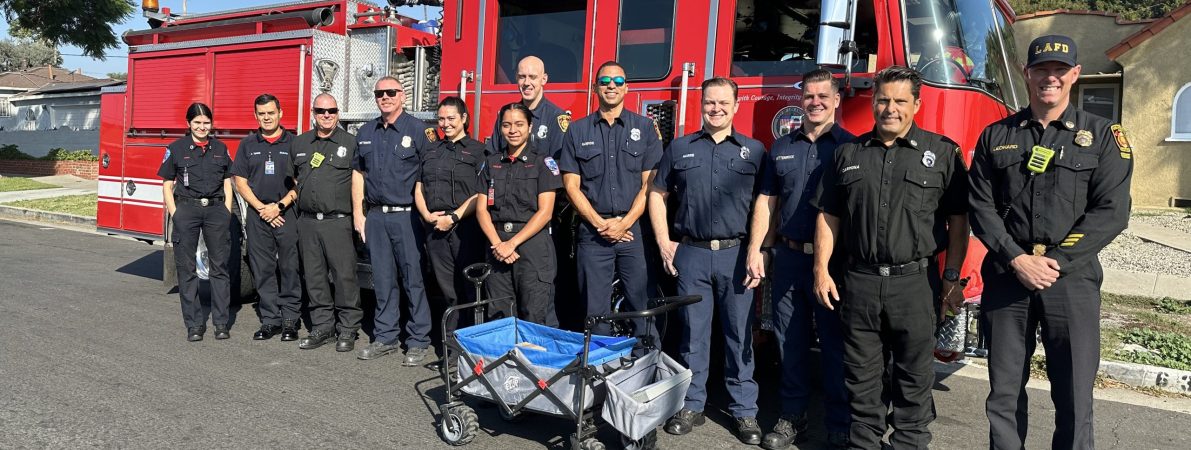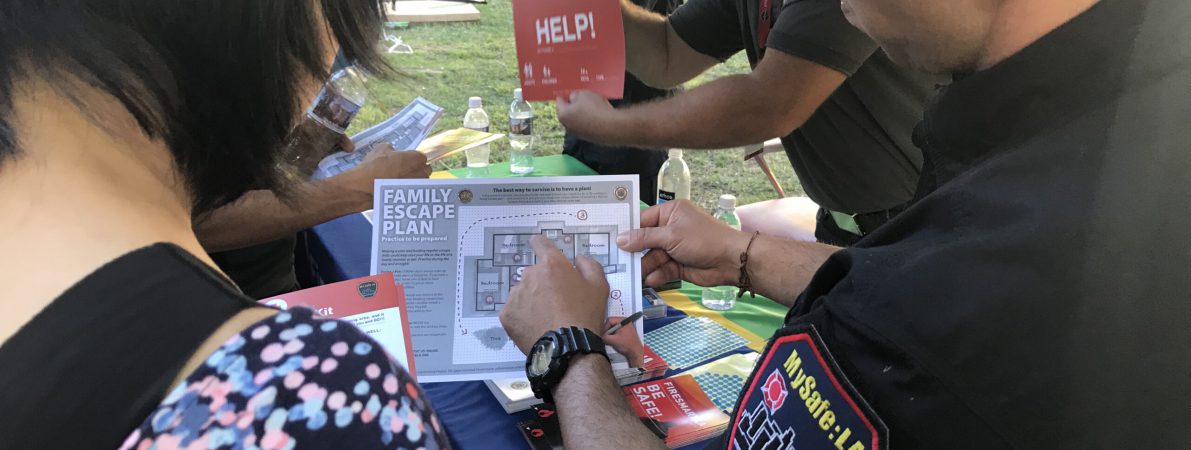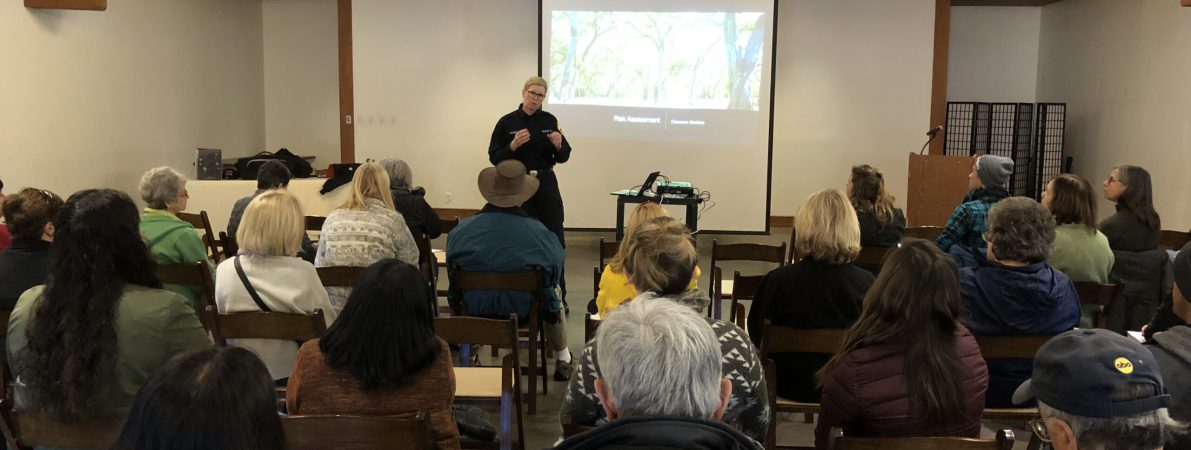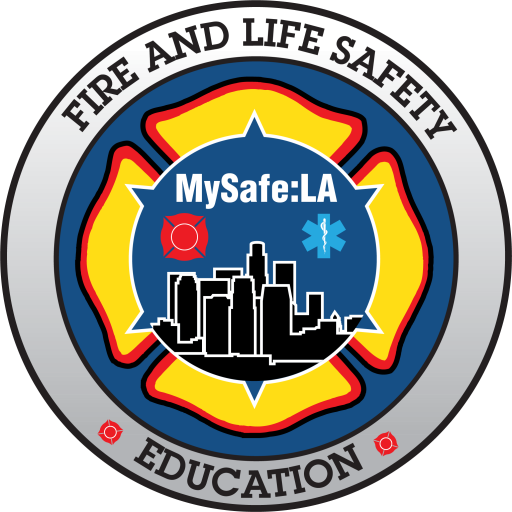Home » CRR
While first responders are trained to respond to calls from the public, there are instances where fire, EMS, and police may not be able to respond. Being better prepared means knowing how to survive, when help isn’t available.






The Community Risk Reduction process involves much more than responding, or even teaching. Who is involved? What type of community is it?
MySafe:LA looks at each neighborhood, each museum, each corporation, each school as a community. Our teams understand how to take all of the issues related to resilience and to break them down into meaningful and usable steps that allow those “communities” to be better prepared for a disaster.
We develop emergency operations plans for museums, libraries, and corporations.
We create public safety fairs, where we teach CPR, bleeding control, and scene safety.
We teach high school students (and the public) hands-only CPR.
We teach elementary school students about fire safety and earthquake survival.
We create “Disaster Decathlons” for older adult and apartment/home communities.
Can we help your community to be more resilient? Call us. It’s our job.
MySafe:LA was honored to join LAFD Fire Chief Kristen Crowley, and Council District 11’s Traci Park, in recognizing the Brentwood Homeowner’s Association
Community Risk Reduction (CRR) is a fairly new concept in disaster resilience and is a process that starts with analysis, including
The issues related to obtaining wildfire insurance in southern California are not improving, despite actions taken by Governor Newsom and the State Department
Stay up-to-date with MySafe:LA activities!
©2008 - 2024 The Safe Community Project , all rights reserved, except where noted The Safe Community Project is a U.S. 501(c)(3) public benefit charity organization, EIN 27-0967511. MySafe:LA is a unit operating within the Safe Community Project charity umbrella.

